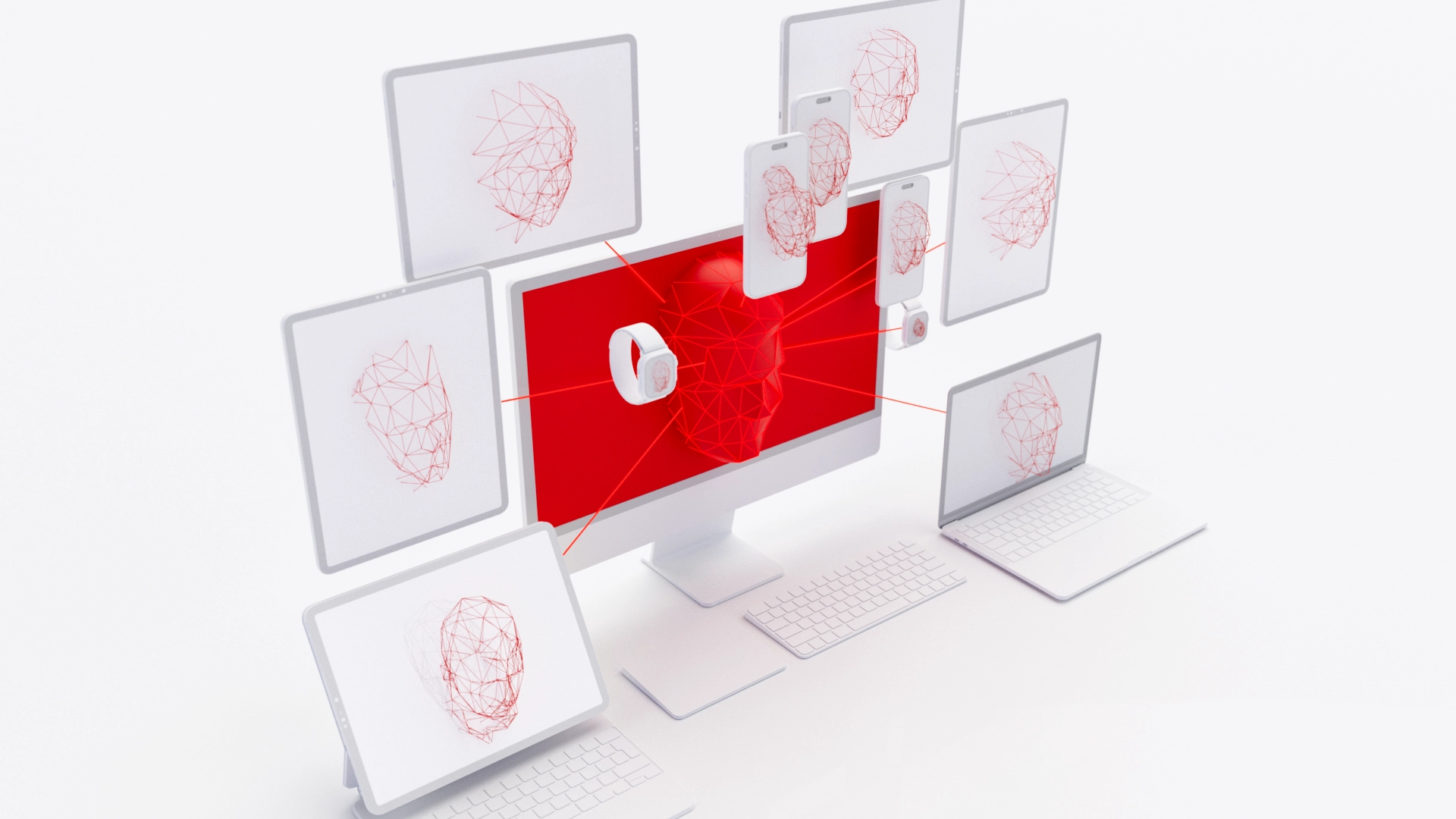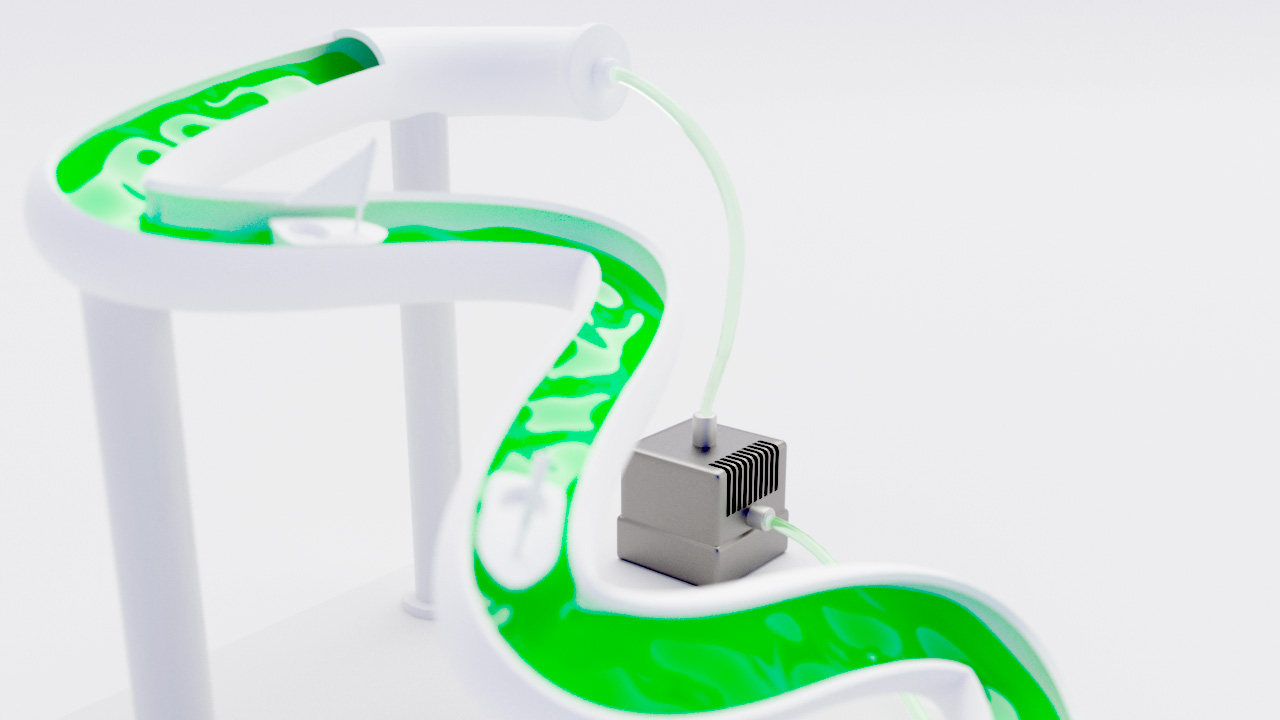
The Managing Partners Forum (MPF) is a prestigious collective, bringing together professional firm leaders in a space where insight, strategy, and excellence converge. With its notable Advisory Board and knowledge partners including Harvard Business Review and the Financial Times, the Forum provides an independent voice with direct access to policymakers. Gaining interest and participation from some of the greatest leaders in business, the forum is dedicated to providing premium business advice, mentoring, and leadership designed to nurture and grow professional firms.
This year, our CEO, Ruxandra Radulescu, was invited to speak at the MPF C-Suite Conference. She joined as a panellist, a judge for the Awards for Management Excellence, and as a keynote speaker on the role of brand specifically, how it interacts with memory, trust, and emotion in the brain. It is a topic that bridges her strategic advisory work with her academic grounding in applied neuroscience, where she was recently awarded the Dean’s Award for outstanding performance.
The session cut through deeply rooted narratives. It reframed brand not as an aesthetic wrapper but as a living, behavioural asset that drives real commercial value. We may be biased, but we believe the message is too meaningful to keep within conference walls, so we have shared a glimpse of it below.



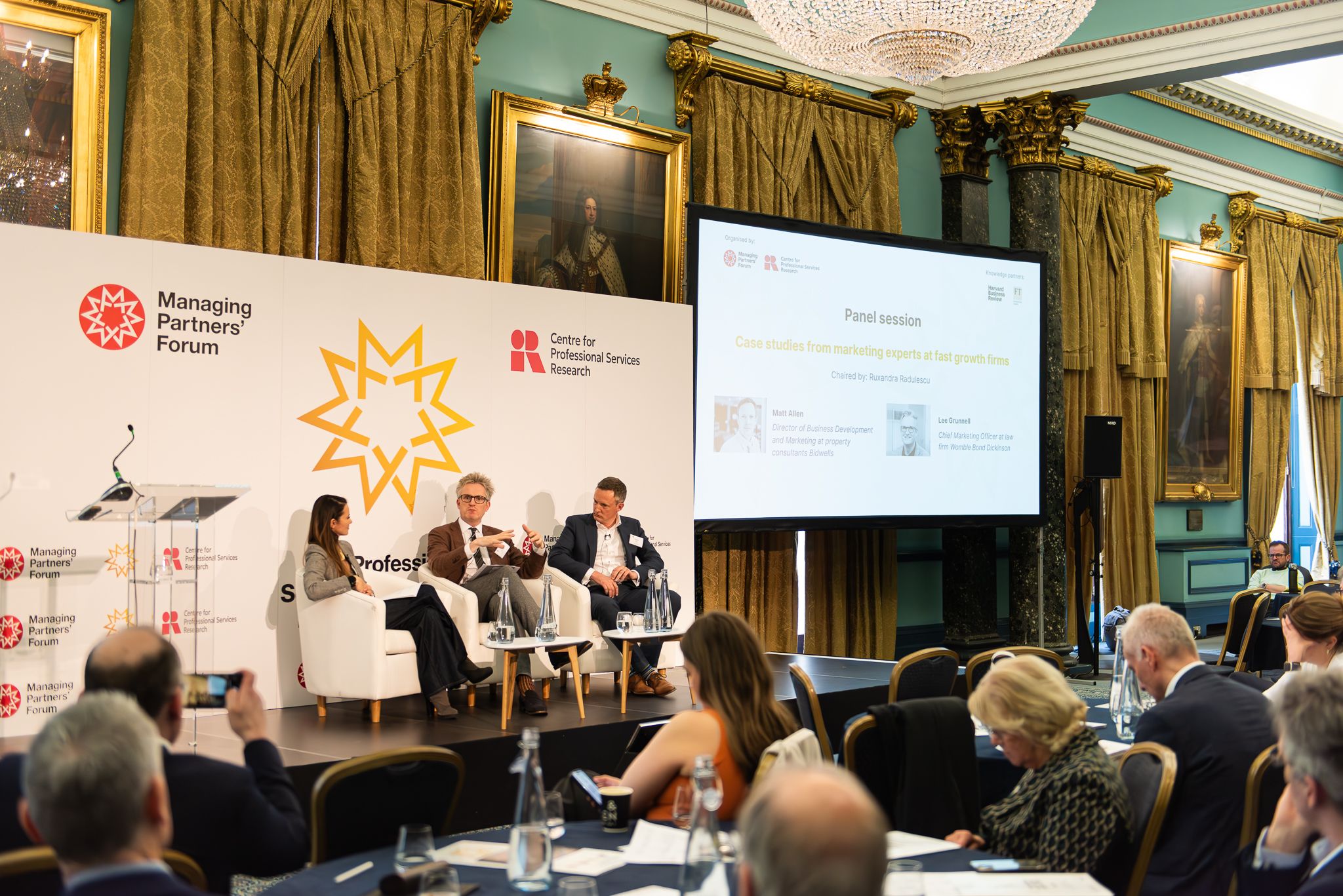
Brands as business assets. The power of brand – not just a pretty face
We all know that brand matters. But, why? Brands are not just a face.
They carry power. Specifically, financial power.
A common misconception places brands as just a colour palette, a logo, or a particular font. In reality, brand represents everything an organisation stands for – how they think, speak, behave, and ultimately, how they wish others to perceive them. However, perception is not objective reality. Perception is constructed in the mind. Each of us views the world through our own filters, shaped by our past experiences, biases, and mental shortcuts. The way people perceive your brand is directly influenced by these mental filters. Your brand, therefore, is not just what you say it is: it is how others experience and interpret it.
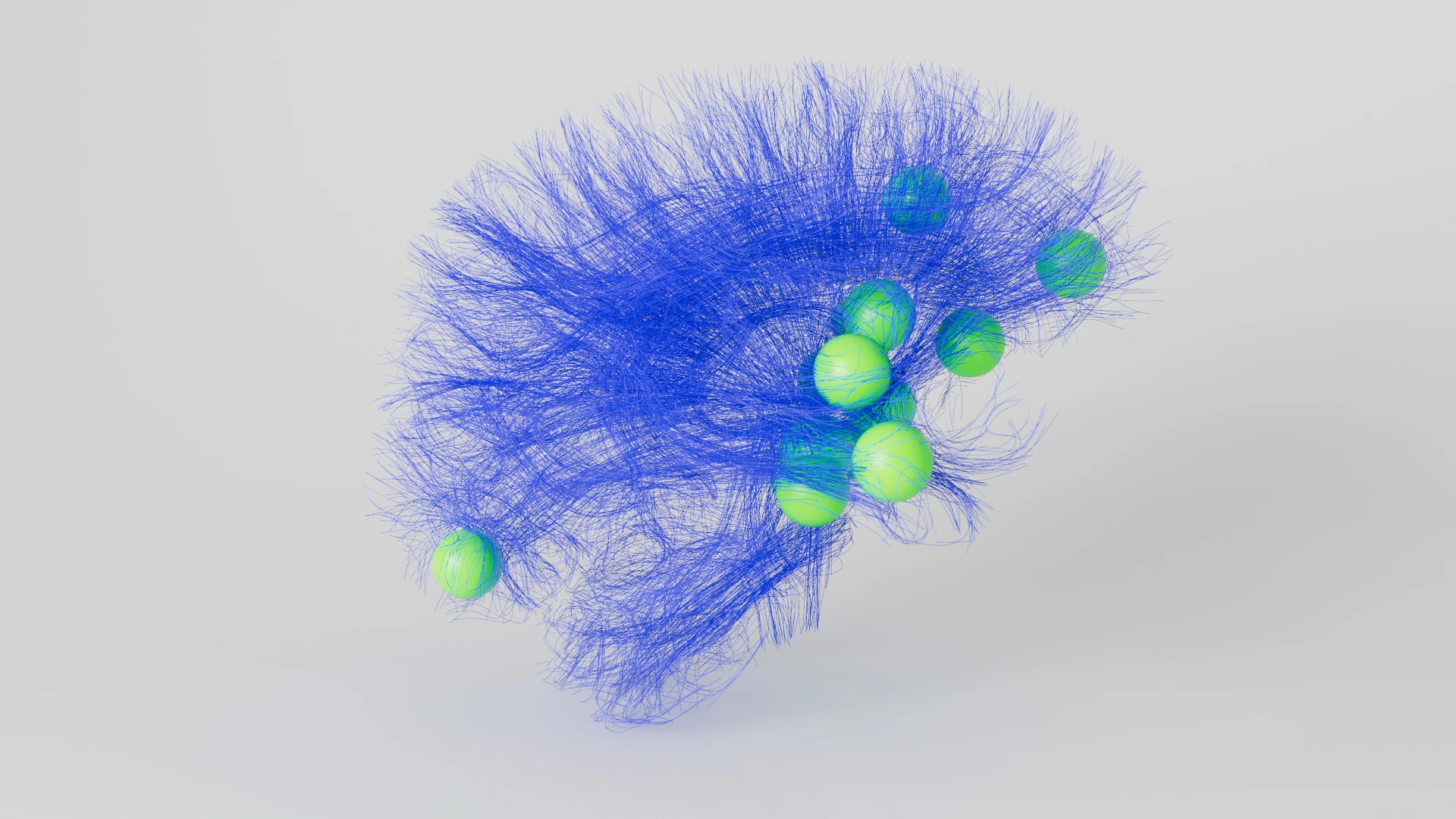
How the brain sees brand
Despite our strongly held belief in rationality, especially in professional environments, we make decisions influenced and driven by emotion. We are not purely rational agents. If we truly were, why would certain law firms, consultancies, and banks be able to command fees 30% higher than their competitors, despite offering comparable expertise? Why do people queue outside Apple stores for days, when they could buy their phone online? Why do people tattoo corporate logos on their skin? The answer is in our brains.
When we engage with a brand, our brains are analysing it before we are even aware of it. The visual cortex processes its colour, shape, and design. The hippocampus retrieves any stored memories linked to it. The prefrontal cortex evaluates: Have I seen this before? Do I trust it? The amygdala may be triggered, connecting the experience to a past emotion, positive or negative.
And that is the difference between a brand being chosen, ignored, or avoided.
Familiar brands trigger recognition, certainty and reward. The brain’s reward system, particularly the nucleus accumbens, activates when we interact with brands we trust or desire. That is the same circuit that drives anticipation and positive expectation. It is why people queue outside Apple stores, and why others feel inspired by Nike campaigns before they buy a single product.
If dopamine drives us toward brands, trust is what keeps us loyal. Trust reduces cognitive load. It allows the brain to move quickly, confidently. Oxytocin, the neuropeptide linked to bonding, activates when we engage with brands that feel reliable, familiar, or emotionally resonant. Over time, this becomes habit. Loyalty. Identity.
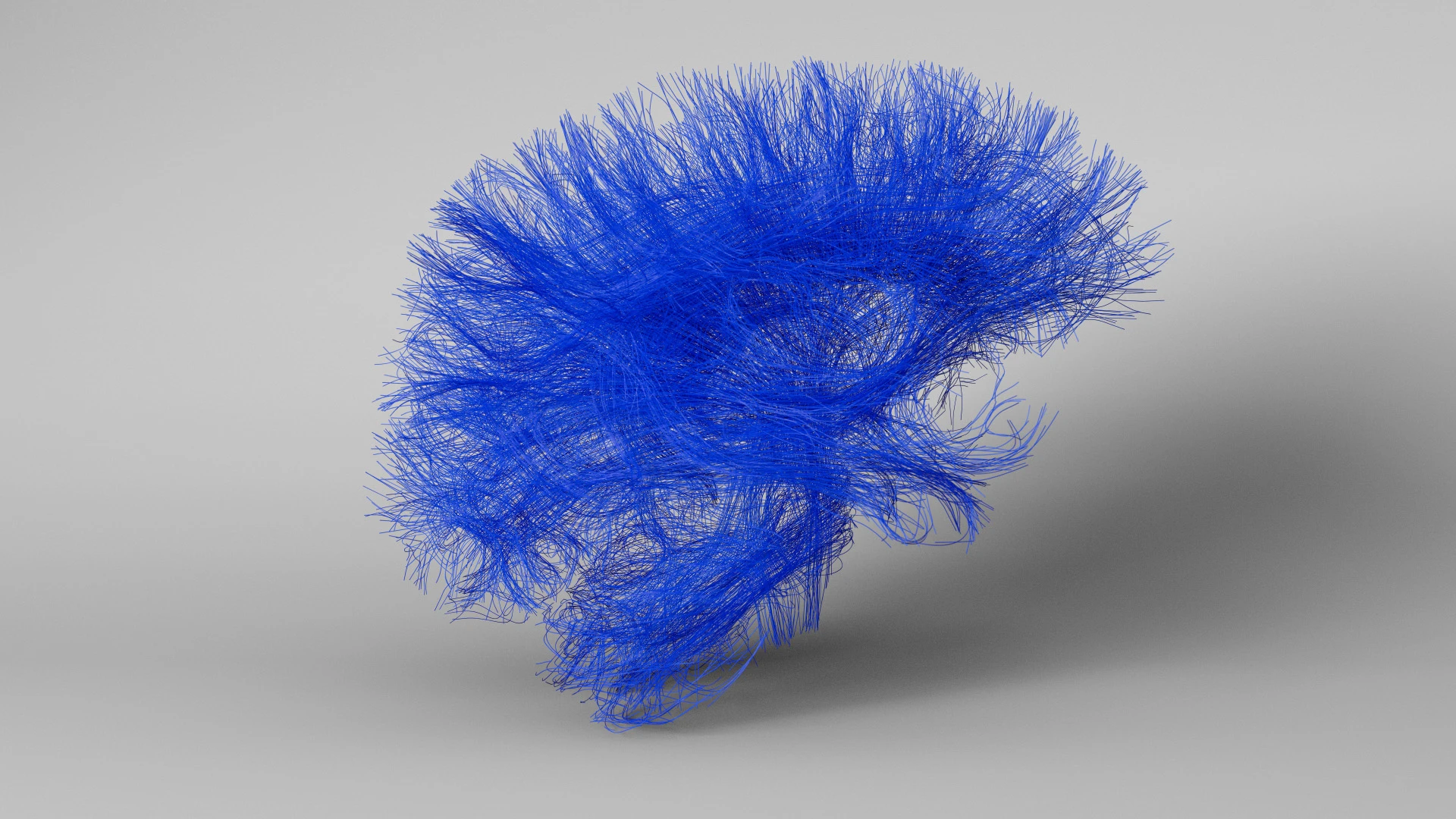
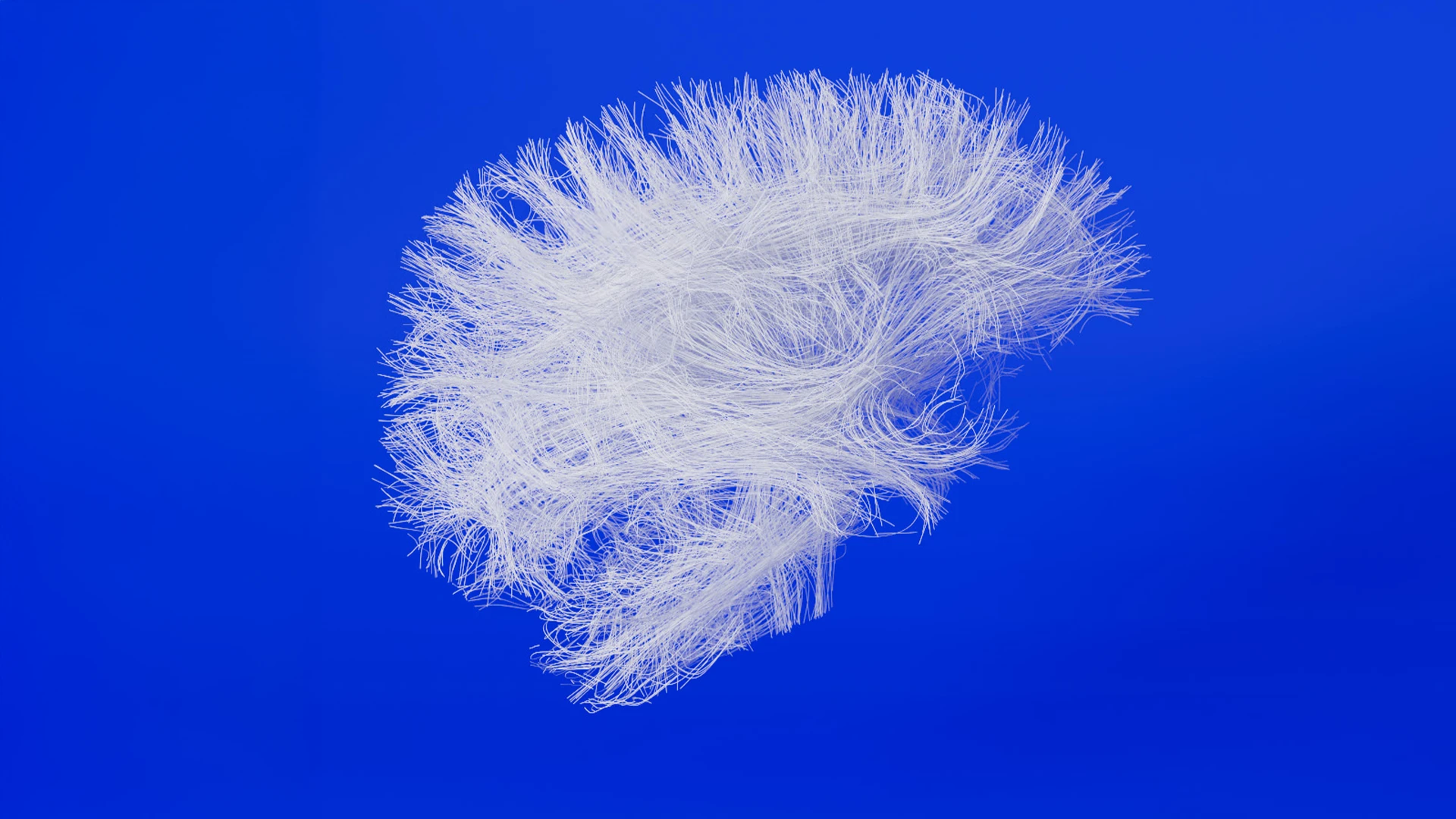
Trust: win it – and keep winning it
But the system works both ways.
When trust is lost due to inconsistency, poor experience, or brand misalignment, the brain shifts into risk mode. The amygdala lights up, triggering scepticism and caution. And here is the hard part: neuroscience shows that negative experiences are encoded more strongly and last longer than positive ones. Which is why rebuilding trust is not just a communications challenge, it is a neurobiological one.
You cannot rewire memory overnight. And most of us underestimate just how deep (brand) memories go.




So, what does this mean for brand strategy?
It means the strongest brands are not just well-designed. They are well-wired. They speak to both logic and emotion. They are familiar, consistent and, crucially, felt.
Brand should no longer be treated as cosmetic. It is a behavioural asset. A psychological shortcut. A commercial driver. And when viewed through the lens of neuroscience, it becomes clear why brand belongs at the heart of business strategy, not on the sidelines.
Brands interact with attention, memory, emotion and trust. And those who understand these systems, whether consciously or not, gain a lasting edge.
Is the market shifting?
By embracing neuromarketing, professional services firms can gain a deeper understanding of client needs, deliver a better experience, enhance how they go to market, and foster a different way of doing things. This sets us apart in a competitive marketplace and positions us to build stronger, more meaningful relationships with our clients.
If you are rethinking how your brand creates value or want to explore how neuroscience could reshape your approach to leadership, reputation, or growth – speak to us.
We bring science to branding. And that changes everything.











